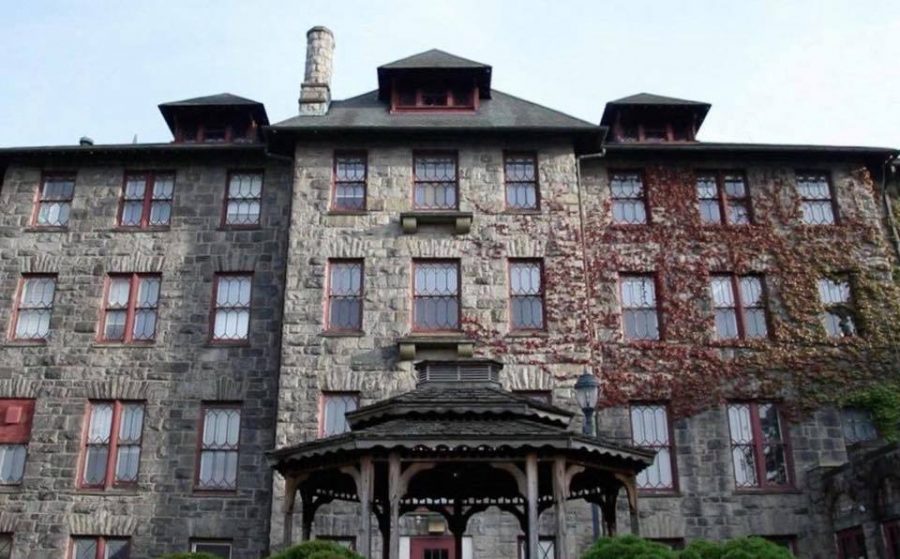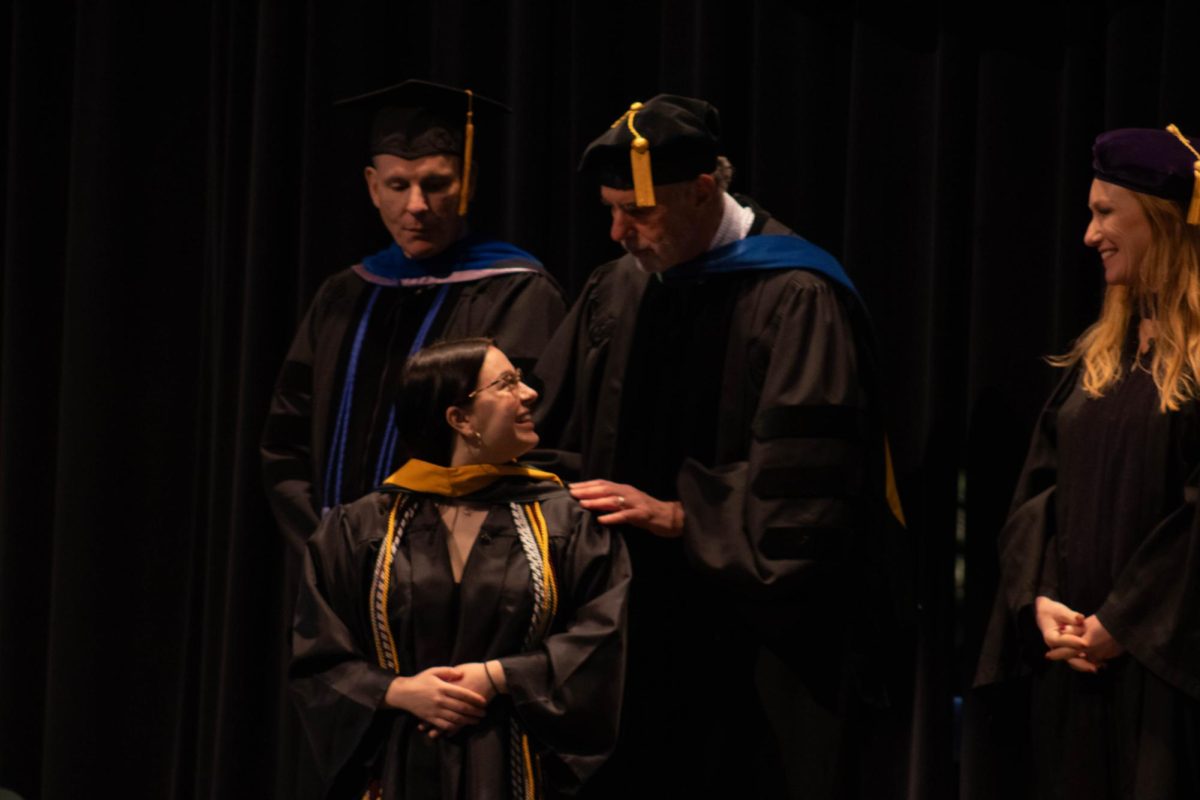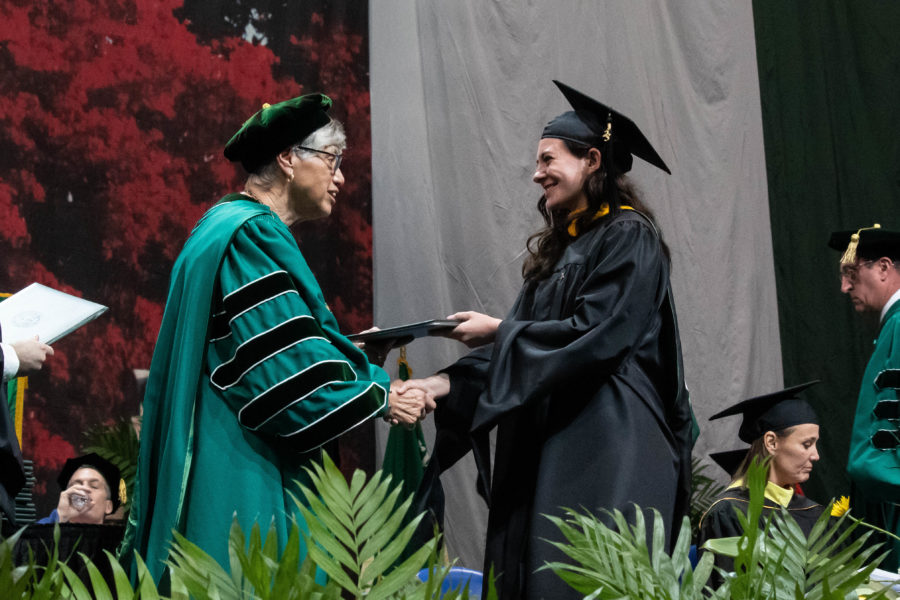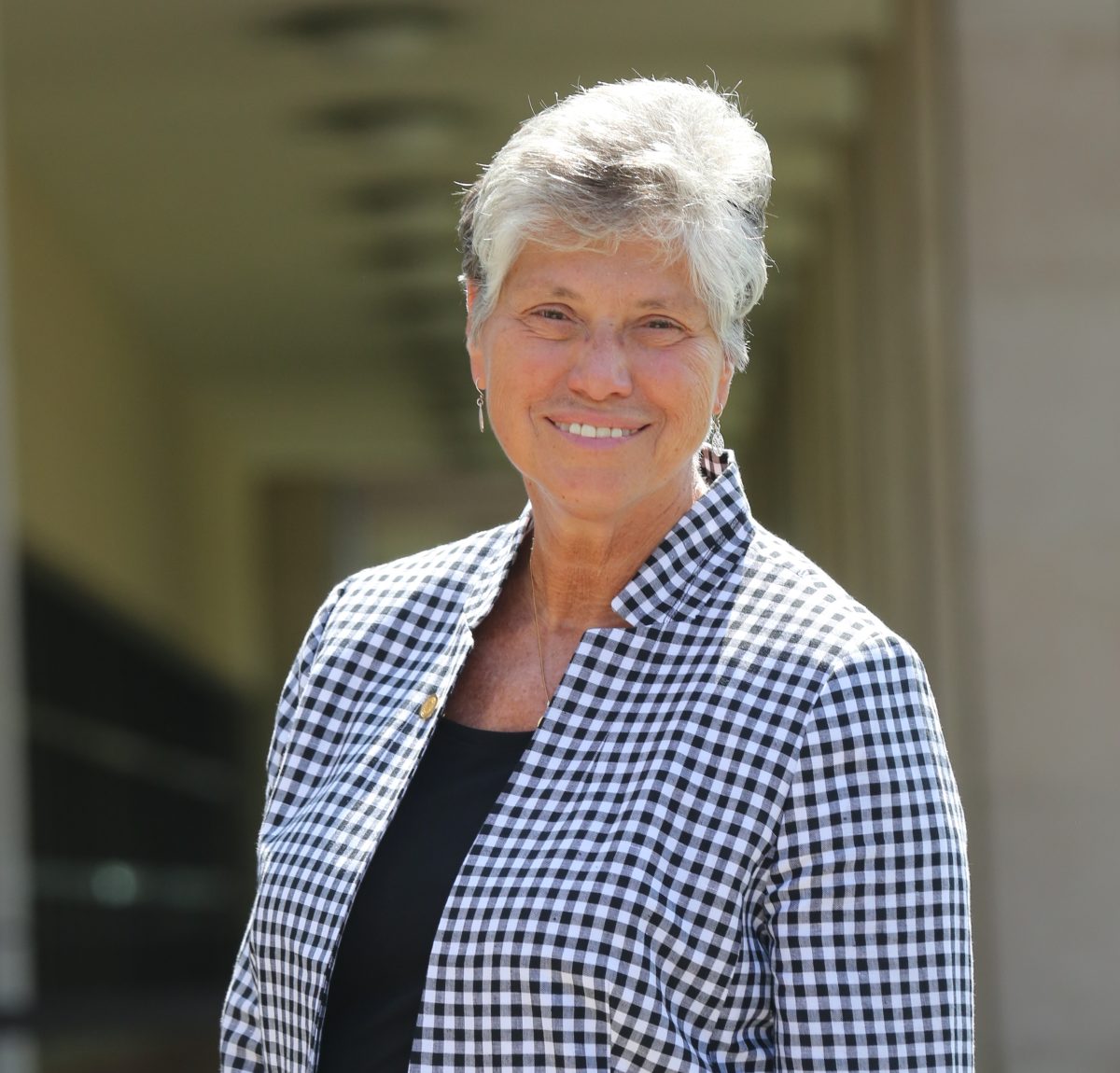The Green Ridge Neighborhood Association (GRNA) met on March 13 to discuss plans for the former Scranton State School for the Deaf, also known as Marywood’s South Campus property, along with other community issues.
Lance Robbins, the founder and CEO of Urban Smart Growth, signed an option and purchase agreement for South Campus on Jan. 3.
Urban Smart Growth, a Los Angeles-based company that revitalizes old and historic structures across the country, has less than one year to decide if they want to purchase the property.
On Feb. 10, Robbins met with neighbors from both Green Ridge and Dunmore at Marywood to openly discuss his renovation plans.
Robbins detailed how he wants to create spaces for residents, a location for music venues, farmer’s markets and wedding receptions.
Robbins said he thought the meeting was a success, adding, “I think we addressed most of their [the neighbors’] issues.”
The purpose of the meeting, according to a GRNA Facebook post, was to “discuss this project and the positive and negative impact it will have on our neighborhood.” About 15 people, not including the board members, attended the GRNA meeting at the American Legion Post 908 in Green Ridge.
According to GRNA President Mark Seitzinger, the February meeting with Robbins was a step in the right direction, but he said there are other concerns the association thinks need to be addressed.
Seitzinger has more than one issue with Robbins’ proposal, including the possible plan of adding a bar.
“The biggest cons that I see are the addition of a bar/restaurant and increased traffic for that location because of the bar/restaurant,” said Seitzinger.
Seitzinger raised environmental concerns as well, specifically with leachate pollution claiming Robbins “didn’t know that what we call Meadowbrook Creek runs through the property which carried leachate down from the landfill through our neighborhood.”
“What was concerning to me at the meeting we had [on Feb. 10] was that [Robbins] didn’t know what surrounded the neighborhood,” he added.
Another issue for Seitzinger is Robbins’ reputation and past lawsuits against him.
Former business partner Frank Gamwell sued Robbins for $30 million. Gamwell received the full amount in arbitration in April 2009.
Seitzinger said he is concerned about other legal cases involving Robbins in multiple states around the country.
“Based on the research that I did you have Rhode Island, South Carolina, he doesn’t have a good reputation in Los Angeles,” he said.
While the list of concerns is long, members of the GRNA did express possible positives.
Some said the renovations would bring younger families into the area and increase a sense of community. One member noted that of the developers who toured the property, Robbins is one who has a concrete plan.
Specifically, Seitzinger said he supports the idea of adding apartments to the property and restoring the old school buildings.
“I think those buildings would be beautiful. They don’t make buildings like that any more,” he said.
With all the pros and cons discussed, the next steps for the group are to keep talking about it and see what Robbins decides to do with the property, according to Seitzinger.
“So a lot of it is, come back June when he said he is going to have another meeting, to see what he has come up with,” he said.
Until then it is a waiting game for the GRNA until they know more about Robbins and his plans.
Contact the writer: [email protected]
Twitter: @JohnFerraroTWW

















